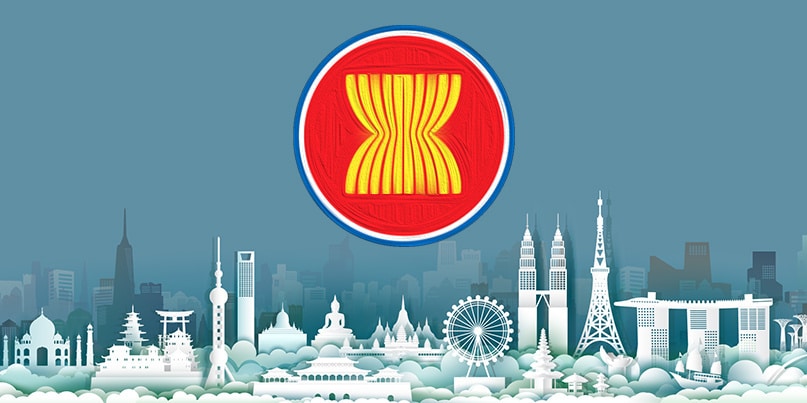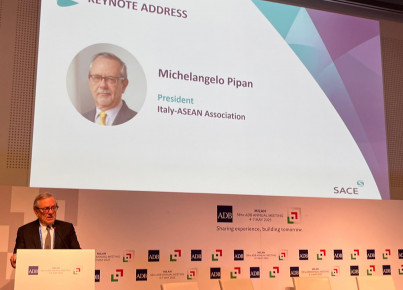The Southeast Asian bloc already has many strengths, but also the potential to further strengthen its functioning and role
Editorial by Lorenzo Lamperti
The Association of Southeast Asian Nations plays a key role regionally and globally. But there is still room for improvement to make ASEAN increasingly integrated and effective at all levels. How? By succeeding in integrating and involving in decision-making and organizational processes the various collateral bodies that can help bring strategic and intellectual guidance to the bloc's actions. A positive case in point is the Council for Security Cooperation in Asia Pacific (CSCAP), a regional organization created in 1993. It is an informal mechanism that includes the strategic study centers of ASEAN member states and the 17 non-ASEAN states of the ASEAN Regional Forum (ARF), thus allowing intellectuals, scholars and policymakers to exchange information and views on the future of the region. In an editorial published in recent days, The Diplomat lines up a number of examples where more can be done instead and are worth mentioning. According to the author, Teh Pi Li, there is little coordination among national think tanks, ministries, and ASEAN institutions, with most research institutes dealing mostly with national security issues and regional social or cultural questions not being a priority. "In a broader sense, ASEAN has not clarified how scholars or stakeholders can be involved in the ASEAN-led mechanisms mentioned in the ASEAN Outlook on the Indo-Pacific (AOIP), through which ASEAN hopes to engage stakeholders in the Asia-Pacific and Indian Ocean regions," reads The Diplomat, which states that "there is a lack of formal mechanisms through which stakeholders can exchange ideas and information." The economic front is then mentioned, with linkages between the various ASEAN trade councils and those of the bloc's external partners in need of great strengthening. ASEAN sees itself as a "community," and it already is in so many ways. But to navigate the turbulent waters of the present, there is perhaps a need to further strengthen a ship that is already steadfast but can become even more secure as it proceeds into the future.






